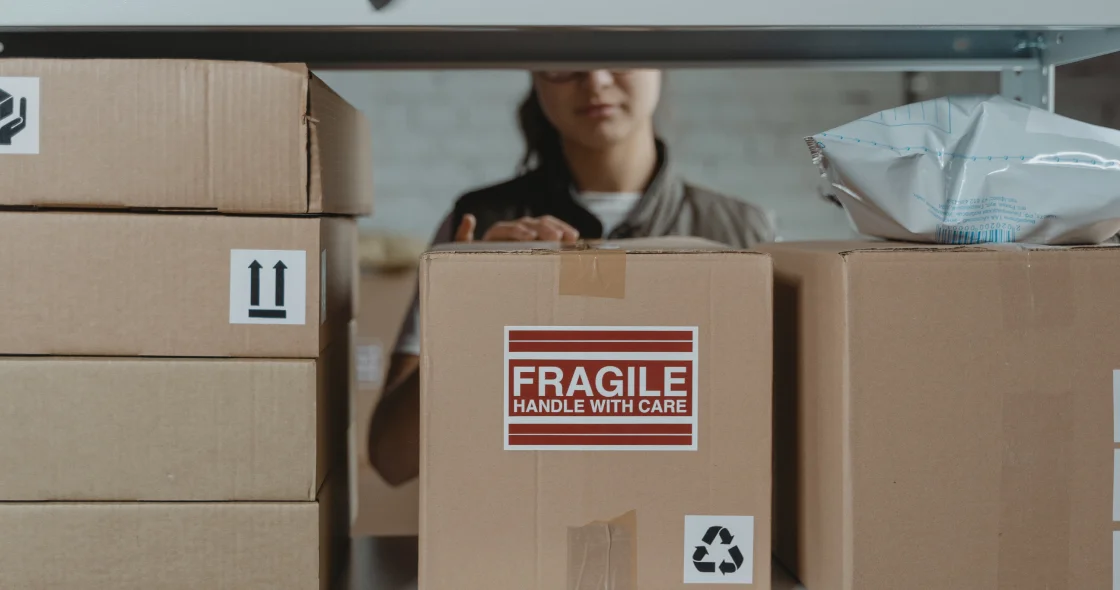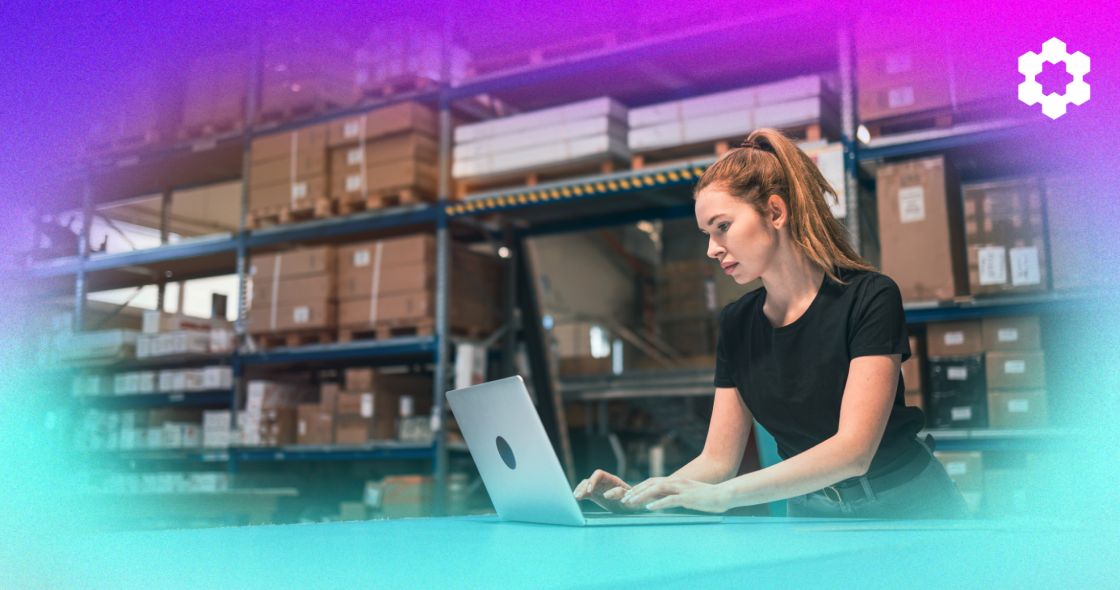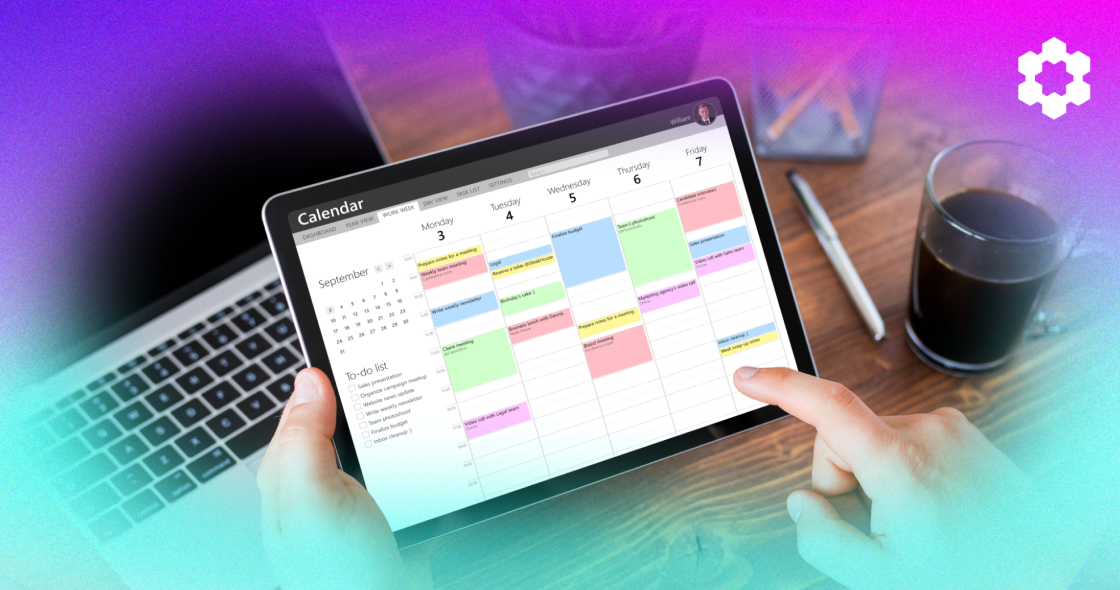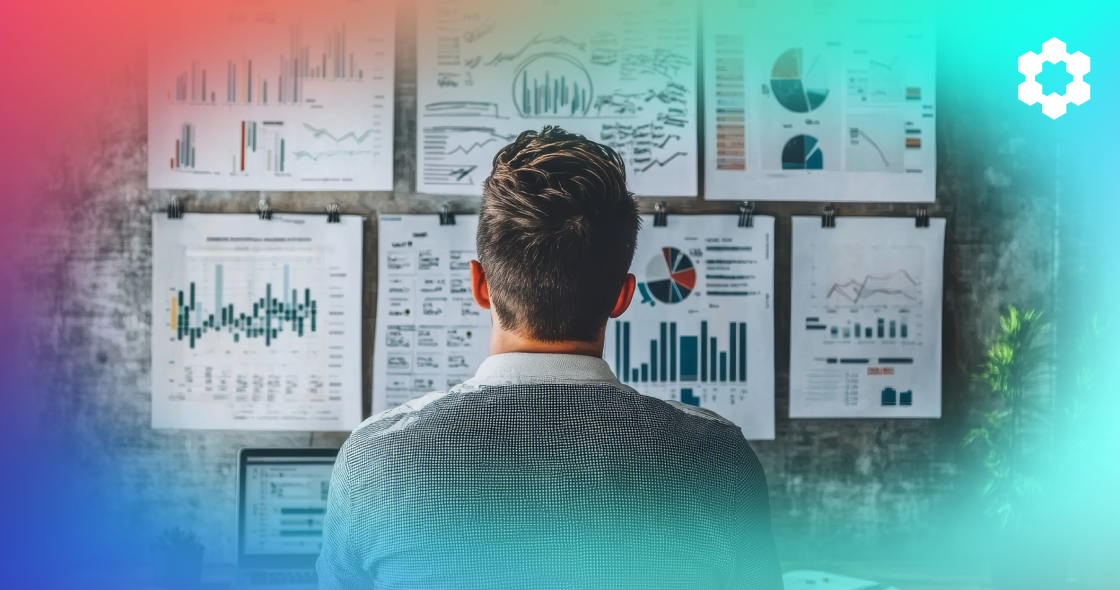Part 1: 3 Top Amazon Profit Killers
Part 2: Restoring Profitability in Your Business
In this final chapter of our 3-part blog feature, you’ll learn how to fight back against cost increases that you can’t control by using smart profit optimization and recovery techniques. Top Amazon aggregators commonly use these techniques to significantly increase their profit margins, allowing them more resources to scale faster.
Let’s now dive into the strategies that can help you to recoup thousands of dollars with just a few tweaks in how you run your Amazon business.
Fight Back Against Amazon Fees
If we can’t control what Amazon is going to do with their fees, we can instead find a way to mitigate their influence over our bottom line.
In recent times, Amazon has been really coming down hard on sellers in regards to fees, from making fee changes to their fulfillment and removal services to announcing inflation and holiday surcharges. I collectively call these increasing costs the Amazon 2022 Fee Stack.
It’s been reported that fulfillment fees have increased by 30% since 2020, and the biggest factors that contributed to that increase include:
- Introducing dimensional weight pricing to core FBA, removal, and remote fulfillment. We’ll get into what dimensional weight fees are and how that works later.
- 5% fuel and inflation surcharge on top of your fulfillment fees.
- Additional aged inventory fees for units that have been sitting in FBA for 271-365 days. Previously, at 12th month, you’d only get a $0.15/unit or $6.90/cubic foot long-term storage fee. But at 9 months now, you get an aged inventory surcharge of $1.50/cubic foot in addition to your standard monthly storage fees.
- An average of $0.35 per unit in the form of a holiday peak fulfillment fee, an additional charge levied between October 15, 2022 and January 14, 2023.
Long story short, fees are getting crazy!
Luckily, with proper inventory management, you can claw back some of the profits you’re losing due to Amazon’s aggressive new fee structures. This is how you make sure that your business is profitable so you can launch more products and continue to scale your business.
Avoiding stockouts and increasing sell-through with inventory-minded marketing techniques will incrementally impact your profitability.
Going a step further, though, is something that I refer to as profit optimization across the supply chain. These tactics are what top sellers and successful aggregators in the field are doing to recover profit wherever possible.
Profit Optimization Across Your Supply Chain
By optimizing your profit, you can recover additional cash flow that you can use to launch new products and or put towards marketing, allowing you to scale faster.
Below are the top techniques aggregators use to optimize and recover profits.
Think About Dimensional Weight
As mentioned in part 1, dimensional weight (DIM weight) is the amount of space a package takes up in relation to its actual weight. Whichever is greater of unit weight and dimensional weight becomes the billable weight.
Carriers usually charge by weight but can fit a lot less in the trailer when products are lightweight but dimensionally large. This means they can make substantially less money on large, lightweight products. Thus, DIM weight was created to account for this.
So, under DIM weight pricing, a lightweight package with large dimensions can cost more to ship, especially when an oversize fee is applied. You may be able to minimize fees by keeping your primary packaging compact (e.g., less air in cereal bags) and avoiding excessive use of bubble wraps, foam fillers and other inner packaging materials.
Calculate Your DIM Weight Fees
In the first quarter of 2022, Amazon started applying DIM weight pricing to several FBA product size categories, removal/disposal fees, and remote fulfillment fees. This, on top of other surcharges that Amazon introduced recently, made today’s FBA fulfillment costs 30% more expensive than in previous years.
In this section, I’ll walk you through the process of calculating DIM to help you find out how DIM weight fees affect your Amazon business.
There are two methods you can use. The first one is our Amazon FBA Calculator. We factored DIM weight into this FBA Calculator so you can easily paint a fuller picture of your Amazon fulfillment fees per unit. It can also help you to determine whether FBA is a viable fulfillment method for your business.
The second one requires using a simple formula. This method allows you to just focus on finding your DIM weight fees, making it a good option for fast and easy shipping weight calculations.
Both major carriers and Amazon use “139” as the DIM divisor. It’s a standard number used by UPS, Fedex, and other US carriers to calculate dimensional weight. There is not necessarily any significance to it, but that’s just the most common standard number.
Here’s how DIM weight works.
Let’s assume you’re shipping a large standard-size pillow with:
- 3 lbs actual weight
- 12 lbs DIM weight
When DIM weight pricing is applied, whichever is higher of actual weight and DIM weight is going to be your billable weight. Therefore, in this example, we will use your product’s DIM weight, which is 12 lbs, as the shipping weight.
Based on Amazon’s 2022 fulfillment fee structure, shipping a 12-lb pillow is going to cost you:
That’s a $3.04/unit difference between 3 lbs and 12 lbs shipping weight! Moreover, when you include the current inflation and holiday surcharges into the equation, you’ll end up paying a total of $9.84/unit.
If you’ve got a pillow that costs you almost $10/unit to ship, how can you get it to fit into a smaller package so you can lower your shipping fees?
The first step towards recovering your profit margin is to reduce the size of your product packaging to achieve the smallest dimensions possible, also known as packaging optimization.
If you can shrink your packaging by a couple of inches, whether by using vacuum sealed packaging or replacing bulky inner packaging materials with lighter and recyclable ones, you may be able to get your product into a lower size tier, which means you can start saving on fees.
Optimize Your Carton and Pallet Load Capacity
To take profit maximization a step further, consider optimizing your carton and pallet load capacity to ensure 100% use of its available space.
By being able to fit more units into a master carton, and possibly fitting more cartons onto a pallet, you can save hundreds of dollars on storage and handling costs.
Suppose you have a pallet that is 48 inches wide and you have master cartons that are 25 inches long. In that case, you can only fit one carton across the length of your pallet. However, if you downsize each box from 25 to 24 inches, you can fit two cartons.
In addition, getting as many units or cartons per pallet also means there is less need for more pallets.
If you can get 250 units per pallet instead of 200, shipping a 10,000-unit order only requires 40 pallets instead of 50. Now, let’s assume you’re using a standard grade wooden pallet that costs $21 per piece today. By only using 40 pallets instead of 50, you can save around $210 ($1,050 – $840) per shipment.
Even if you have your product completely optimized and you can’t reduce its size any further, you can start looking at maximizing the usable space of your cartons and pallets to lower costs across your supply chain.
Use our Carton and Pallet Calculator to find the best pallet configuration for your products. This tool provides you with a pack list of how you should start packing your goods and potential savings from following the recommended pallet load footprint. You can then share the results with your supplier and 3PL partner to discuss ways to reassess your packaging to combat soaring shipping and storage costs.
For instance, one seller plugged his numbers in and we actually found that he had saved $0.93 per unit through optimization. Therefore, this seller is saving almost $2,000 for a 2,000-unit order. He’s saving almost $1 per unit which will have a huge impact on his business!
Even if you’re only saving almost 10 cents per unit, if you do that across your entire catalog over a month or a year, it can have a significant impact.
However, note that this isn’t going to be the same for everyone and this is just an extreme example, but it’s also a very real illustration of how powerful pallet optimization can be.
When you’re trying to get things going, you need as much money as you can get. If you sell 100 units a day with a one dollar per unit savings, you can put around $36,000/year back in your pocket each year!
Use a Container Calculator to Save On Your Next Shipment
If you’re shipping a full container load and you have to pay $10,000 per container, you want to get as many units in that container as possible. This is simply because the more units you get in there, the less per unit it is going to cost you.
For that reason, consider using the Pier to Pier 3D Load Calculator to find the most cost-effective way to load your shipments in shipping containers. This tool generates a container map, which shows how your container should be loaded out by your freight forwarder (FF) for maximum efficiency.
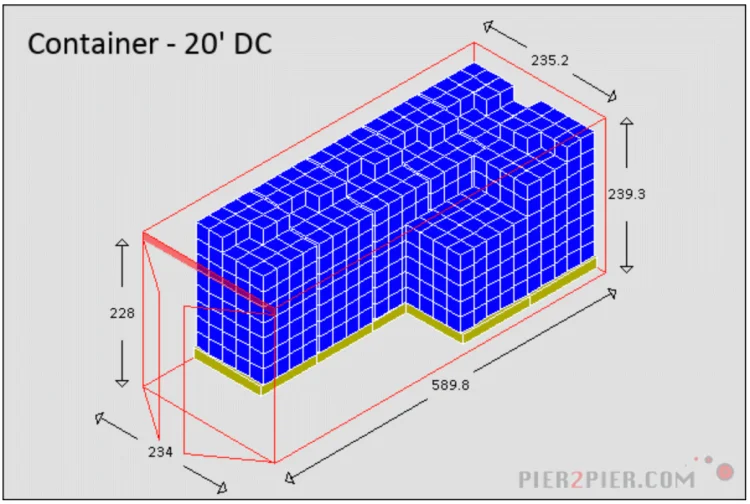
To ensure safe and efficient unloading of goods, share the container map with your 3PL partner. The map will essentially provide instructions on how to most efficiently unload the cargo from your container, thus cutting down on labor costs.
Some sellers have been able to cut down their unloading costs in half simply by providing their 3PLs with a container map.
Bonus Tip: Stay Ahead of New Trends and Amazon Policies
Another way to fight back is by staying abreast of the latest eCommerce trends, events, and policies. By keeping an eye on these things, you’ll develop a strong knowledge of how eCommerce works. You can then use that knowledge to turn yourself into an excellent resource for your customers and contemporaries.
If you’re just starting out, educate yourself and get as much information as possible. Here are some resources that can help:
- Visit the SoStocked blog, where you can read through dozens of articles and news updates that walk you through inventory management, supply chain challenges and solutions and recent Amazon policy changes affecting sellers like you.
- Take advantage of SoStocked 30-day free trial and onboarding to get one-on-one guidance on your unique business needs, from forecasting to customizing dashboards to generating purchase orders, and more.
- Attend Amazon seller webinars, events, or conferences and talk to anybody else in the industry that can help you.
- Sign up for our Amazon seller news updates to stay informed on the latest Amazon seller policy updates, Amazon feature additions, and industry insights.
Recover Profits to Succeed Amid Rising Costs
Sellers that triumph in 2023 and beyond will do so only because they operate on improved margins, affording them a larger marketing budget than competitors.
Again, check your pulse and make sure that you have all your inventory basics in place. Then, stop the bleeding with Inventory-Minded Marketing to be more proactive about moving your slow sellers without inadvertently driving yourself into stockouts.
Finally, fight back. If you can’t control what Amazon, freight forwarders, and 3PLs are charging you, try to offset any fee increases by making your packaging compact. Consider your folding silicone products, using vacuum sealed bags, or employing more compact packaging to reduce your product size from the packaging side. Then, use carton/pallet and container calculators to further reduce fees across your entire supply chain.
